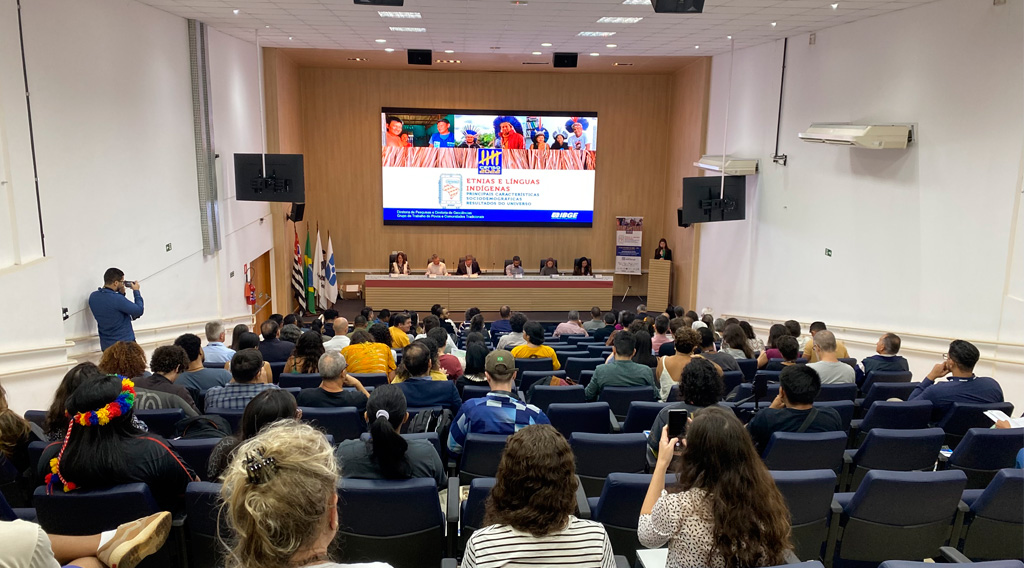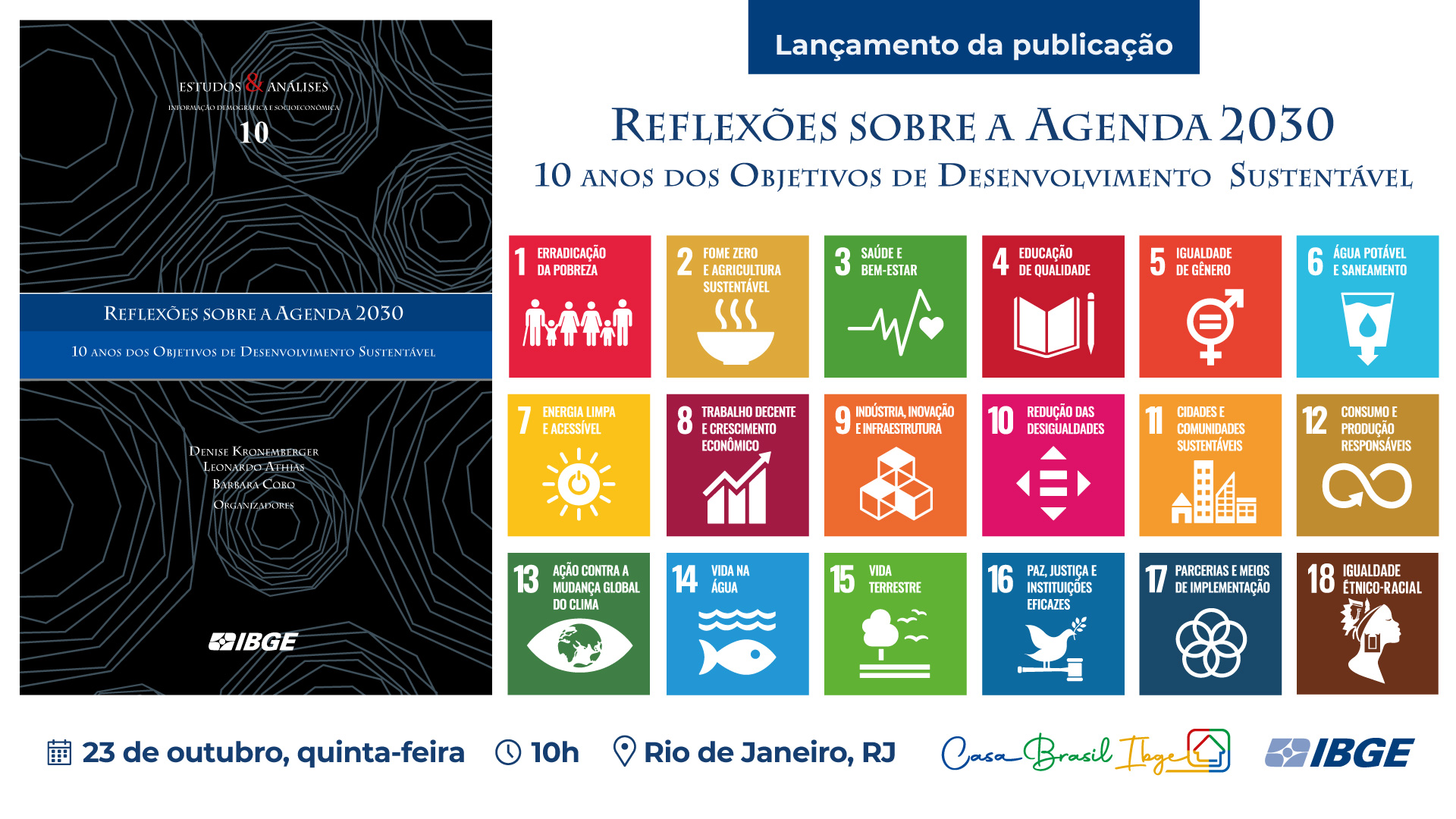PMS
Volume of services increases by 0.9% in March and closes Q1 5.8% up
May 16, 2023 09h00 AM | Last Updated: May 17, 2023 10h48 PM

The sector of services increased by 0.9% in March 2023 from February; it closed Q1 with a cumulative increase of 5.8% from the same period a year ago. As for the cumulative index in the last 12 months, the index went downwards, with a change from 7.8% to 7.4%, lowest result since September 2021 (6.8%). From March 2022, the sector advanced 6.3%, and recorded its 25th positive rate in a row. These results, released today (14) by the IBGE can be found in the Monthly Survey of Services (PMS).
As in February, the transportation sector stood out as the main positive influence in March. The group increased 3.6%, with a cumulative increase of 7% in the last two months. “March was marked by the expansion of the transportation sector. The increase was driven mainly by transportation of cargo, which advanced 4.7% in the period, whereas transportation of passengers dropped 3.3% against the previous month,” the analyst of the survey Luiz Almeida, explains.
Other two activities also recorded increases in volume in March: Professional, administrative and complementary services, which increased by 2.6% and recovered part of the loss of 3.4%, cumulative in the first two months of the year; and also the sector of information and communication services, with a change of 0.2%. As for decreases, services rendered to families (-1.7%) and other services (-0.6%) stood out.
In terms of the cumulative index in the first quarter of 2023, the sector analysis is the same. The sector of transportation, support services to transportation and mailing increased 6.5% driven by the increase in the revenue of enterprises that work in the segments of road transportation of cargo; road transportation of passengers; storage of goods; pipeline transportation; and parking of vehicles. “Besides this sector, Mr. Almeida explains, “we can also mention information and communication services, which increased 6.9% in the period”.
Against March 2022, volume of services, which increased 6.3%, also increased in four of the five activities, with an increase of 57.8% of the 166 types of services surveyed. “The result had an effect on the so-called calendar effect, with a bigger number of business days in 2023, as well as the maintenance of the demand for transportation of imputs and flow of agricultural production,” the researcher recalls.
Among the sectors a highlight for transportation, support services for transportation and mailing (15.6%). The sector of other services was the only one not to increase and remained stable (0.0%).
Transportation of cargo increases and hits a record in March whereas transportation of passengers decreases
As for the special transportation indicator by type of use, the positive highlight in March 2023 was volume of cargo transportation, which recorded an increase of 4.7%, with cumulative increased of 7.7% in the last two months after the decrease (-2.7%) in January. The sector reached the peak in the series, which had been registered in August 2022. The activity is now at a level 39.5% above that of February 2020.
On the other hand, transportation of passengers recorded a decrease of 3.3% from February to March, after an increase of 2.4%. This way, the segment is 1.0% above the level in February 2020, prior to the pandemic, and 22.0% below that of February 2014 (peak of the time series).
Services grew in 24 of the 27 Federation Units in March
In the regional analyses, PMS shows that the majority (24 of the 27) Federation Units recorded an increase in volume of services in March against February. The main impacts came from São Paulo (1.8%) and Rio de Janeiro (2.8%), Minas Gerais (3.2%), Santa Catarina (5.9%) and Rio Grande do Sul (2.8%). The main negative influences came from Pernambuco (-2.3%), Mato Grosso (-1.9%) and Amapá (-1.7%).
Against March 2022, the increase of services was observed in 26 of the 27 Federation Units. The main positive contribution came from São Paulo (3.4%), followed by Rio de Janeiro (9.5%), Paraná (11.4%), Minas Gerais (7.3%) and Santa Catarina (14.0%). Only Federal District recorded a negative result (-0.6%).
The cumulative index in the first quarter of 2023 was observed in the 27 Federation Units, with the main positive impact observed in São Paulo (3.3%), followed by Rio de Janeiro (8.0%), Minas Gerais (8.9%), Paraná (11.1%) and Rio Grande do Sul (8.1%).
Index of tourism activities changes by 0.1% in March
The index of tourism activities recorded a change of 0.1% from February, when it recorded a drop of 1.3%. The sector is 1.4% above its pre-pandemic level, but 5.9% below its highest point in the series, in February 2014.
By area, only four of the 12 areas surveued recorded positive changes, with the most relevant contribution generated by Minas Gerais (2.2%), São Paulo (0.4%), Paraná (2.6%) and Bahia (1.8%). As for decreases, a highlight was Rio de Janeiro (-3.3%), Rio Grande do Sul (-5.5%) and Federal District (-3.6%).
In the annual comparison, the increase reached 6.6%, 24th consecutive positive rate. As for the cumulative index in 2-23, te increase hit 11.1%.
More about the survey
A PMS produces indicators to monitor the short-term behavior of the services sector in Brazil. The survey investigates the gross revenue from services in formal enterprises that employ 20 or more persons, in which the main activity is a non-financial service, excluding the areas of health and education. It produces results for Brazil and all the Federation Units. Results are available at Sidra.
This is the first release of the new time series of the survey, which updated the sample of enterprises and adjusted weights of products and activities, as well as included methodological changes to portray economic changes in the society. They are updatings already scheduled and periodically implemented by the IBGE.




















